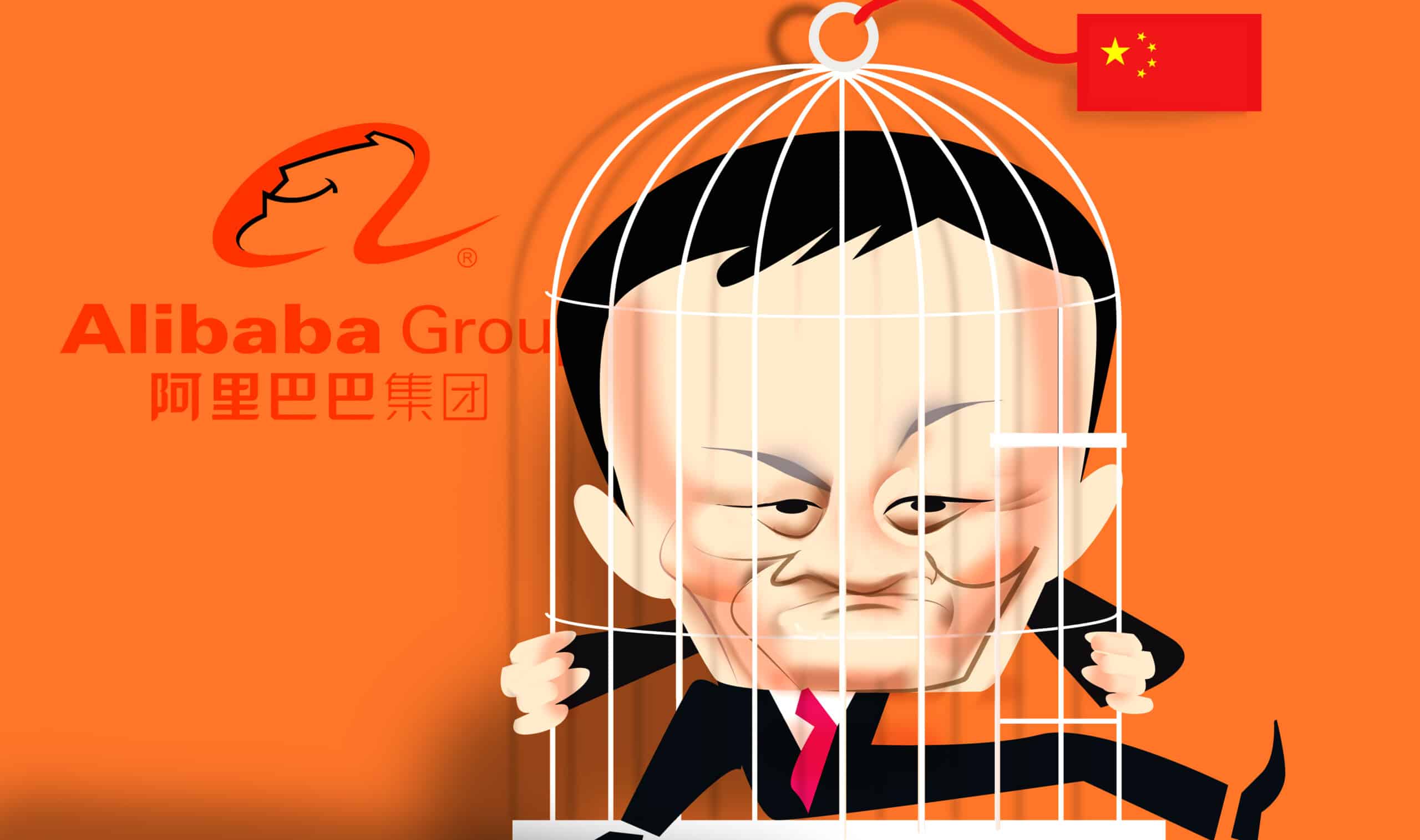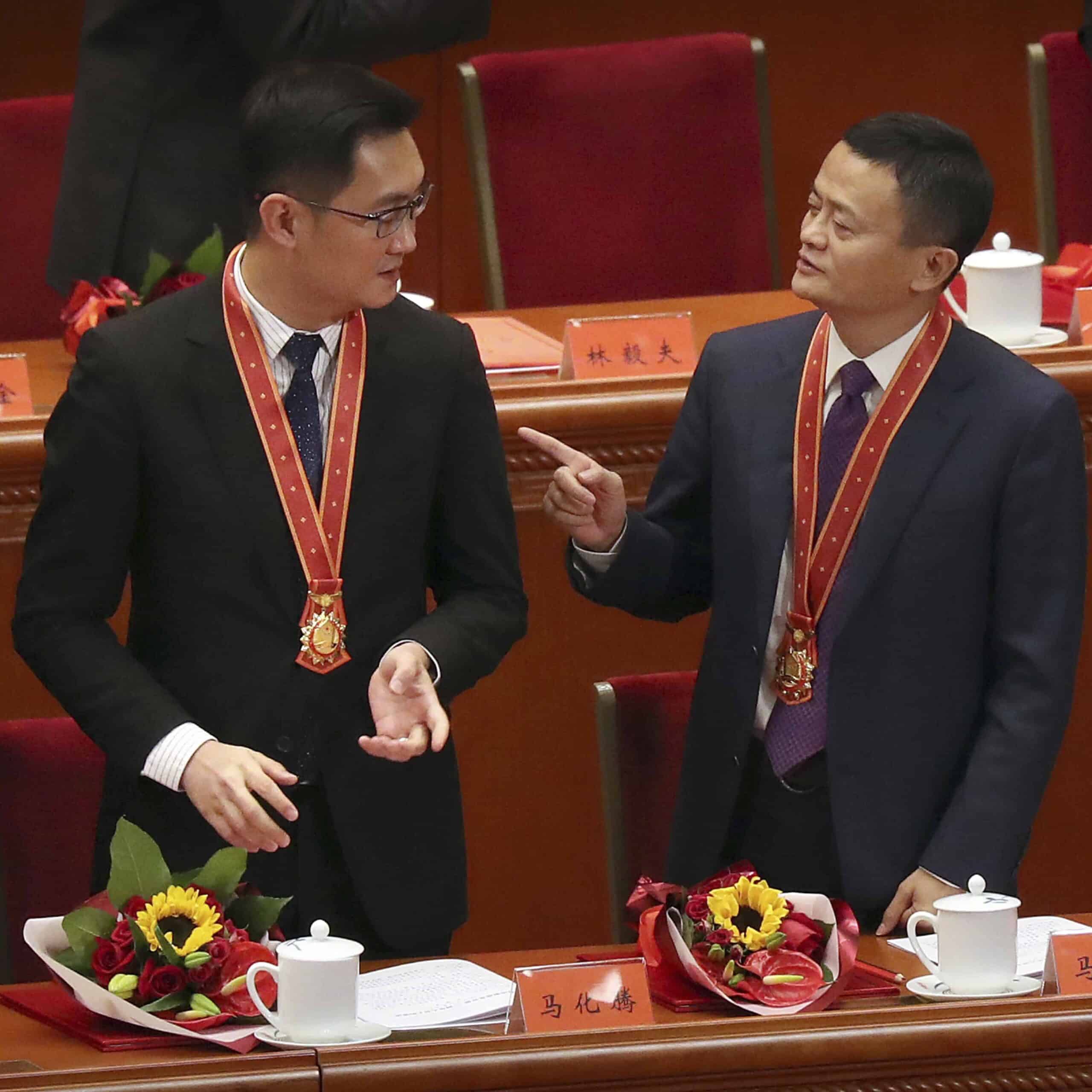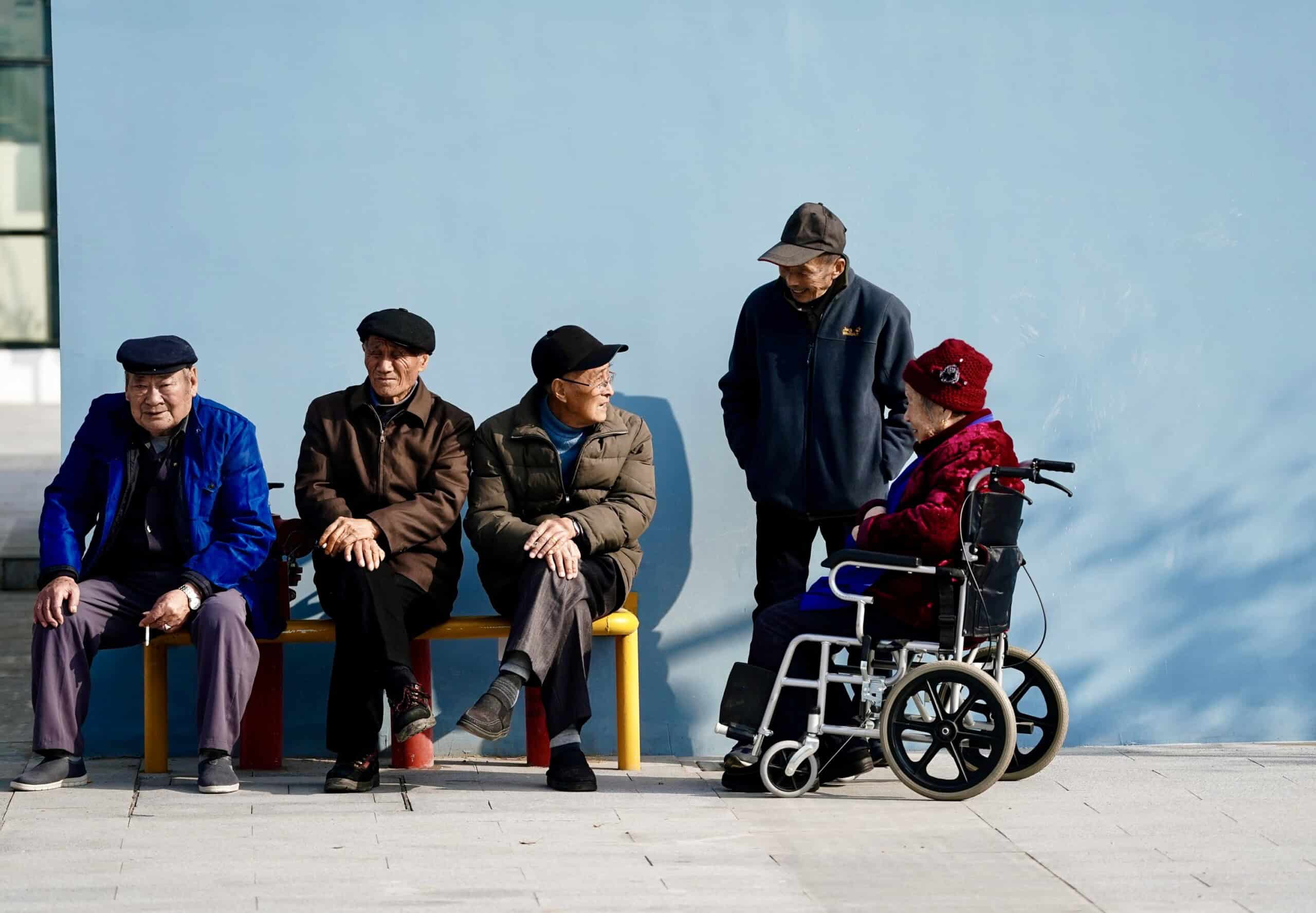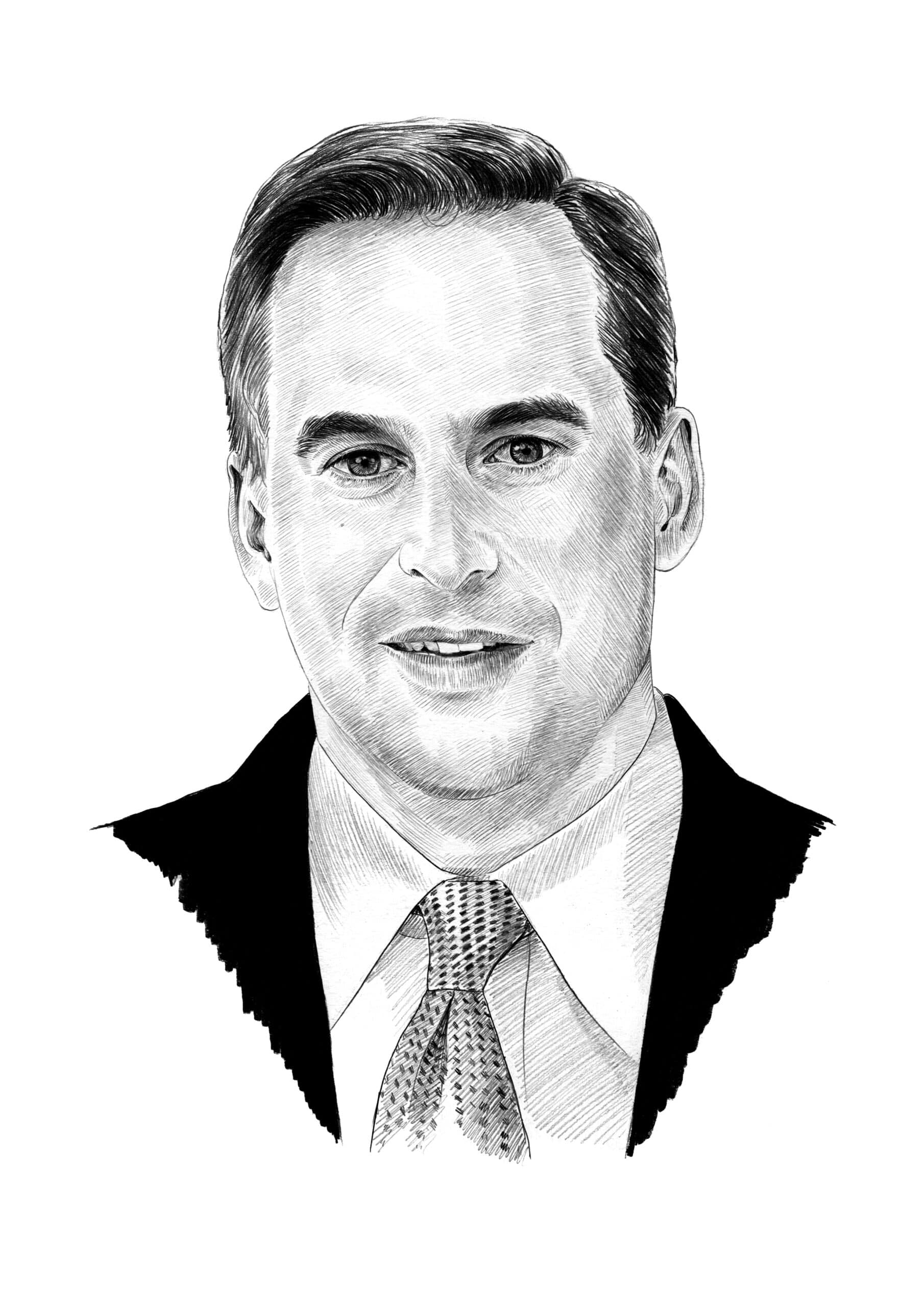
In the early 1980s, when Chinese leaders debated how to reform and open up China’s economy, Chen Yun advocated for a ‘birdcage economy.’ In his analogy, the bird was China’s economy, ready to take flight, while the cage referred to the state’s planning and control, which would prevent the bird from flying away.
Before the mid-2000s, most discussions on the birdcage economy in Chinese officialdom did not distinguish between different kinds of birds. But as the Chinese state endeavored to shift from labor-intensive, export-oriented manufacturing to science and technology-oriented development (“techno-development”), discourse about the birdcage economy started to change. Local governments began to use birds to refer to industries, businesses and social groups, as well as to specify different kinds of birds (e.g., “new” birds versus “old” or “obsolete” birds).
Government officials in coastal China also began to argue that different kinds of birds deserved different types of cages. New birds, for instance, deserved less constrained and better-resourced cages that would facilitate growth, while obsolete birds should be relegated to inferior cages so as not to waste resources or slow techno-development.
New birds, after all, were “phoenixes,” or “beautiful birds that eat less, lay more eggs, and fly high.” They needed room to grow and deserved resources and rewards, including regulatory tolerance and exemption. By contrast, the state used all the technical and legal tools at its disposal to cage and punish those birds seen as either failing to contribute to, or even harming, techno-development.
The end result of China’s bird cage economy is a bifurcated regulatory environment: It has been harsh and unpredictable to low-end capital but benevolent and supportive to high-end capital.
And the strategy, by and large, has worked. Tech giants in China have achieved tremendous gains: accessing global capital and a protected domestic market of 1.4 billion people; partnering with the Chinese government in its global expansion initiatives; influencing law and policy making; and establishing a co-governance relationship with local states. Even though they exercise enormous market, legal and technological power over other actors, from platform workers to software engineers, I often heard people, including government officials, in my field work expressing pride that other countries do not have the same convenient or powerful technologies as China.

But China’s regulatory approach towards its tech giants changed dramatically in November of 2020, when Ant Group’s $37 billion IPO on the Shanghai Stock Exchange and the Stock Exchange of Hong Kong was suspended. (Ant is an affiliate company of Alibaba and owns China’s largest digital payment platform, Alipay.) Indeed, the suspension was just the first in a series of law enforcement campaigns targeting tech capital.
So, how are we to make sense of the abrupt shift in the central state’s regulatory principle vis-à-vis China’s tech giants? Many observers have tied it to a provocative speech that Jack Ma, Alibaba’s founder, gave in October 2020. While Ma’s speech gave the Chinese state precisely the justification it needed to tame the unruly new bird of tech giants, it’s important to recognize how far along the state already was in the process of rebuilding the tech sector’s cage.
…Jack Ma overestimated his and his companies’ power, wrongly assuming they would continue to enjoy the space to negotiate with China’s regulators.
Indirect evidence — policy documents, speeches, and scripts of press conferences — suggests that central state agencies and key technocrats in charge of financial stability convinced the highest leadership to shift the regulatory environment starting around 2017. The state’s fundamental realization was that the boundary-spanning instrumental and infrastructural power of private companies was risky, especially when it came to financial services.

Beginning in 2017, several financial scandals involving prominent business conglomerates emerged, and in many cases the conglomerates were operating across industries, sectors and regions. The case of HNA Group is emblematic: Between 1998 and 2018, the company expanded rapidly from aviation to other industries like real estate, financial services, tourism, logistics and technology. By 2018, though, HNA Group could no longer manage its enormous debt, and in 2020, the Hainan provincial government seized control of the company and put it into bankruptcy proceedings.
The Chinese state was particularly concerned about the complicated ownership structures of HNA Group’s numerous subsidiaries as well as the potential cross-organizational and sector risks. Instances like this made clear the downside of the central government’s strategy of unconditionally supporting large conglomerates and revealed the deep involvement of nonfinancial firms in finance industries.

In 2019, Xi Jinping directed that governmental oversight of financial risks be enhanced. The People’s Bank of China (PBOC) went on to produce a financial stability report and plan for regulation that suggested the central bank had become highly concerned about tech capital’s rapid encroachment into the financial sector along with the threats to data security. The report criticized tech companies for over collecting information from consumers, monopolizing big data, and taking advantage of regulatory loopholes to pursue high financial returns instead of serving the “real” economy — all of which, combined with the risk of cyberattacks, could threaten national data security.
The Financial Stability and Development Committee (FSDC), which had been founded in 2017 under the State Council to safeguard financial security, also shifted its focus to tech giants in 2019. Regulators argued that the Chinese state should prevent cross-institution, cross-market, and cross-sector contagion risks, and seriously reexamine the role of tech giants in generating those risks.
Ultimately, of course, Jack Ma overestimated his and his companies’ power, wrongly assuming they would continue to enjoy the space to negotiate with China’s regulators. But perhaps more importantly, he failed to recognize how these already enacted changes in the regulatory space would make regulatory tightening that much swifter. The plans for his new cage had already been drawn up.

THE FINANCIAL ACHILLES HEEL
One significant difference between Chinese and U.S. tech giants is that Chinese tech giants like Alibaba and Tencent profit tremendously from credit and other financial businesses. Under the previously supportive policy environment in the mid-2010s, big tech companies in China — including Alibaba (through Ant), Tencent, JD, Meituan, Didi, ByteDance, Suning.com and Xiaomi — provided microlending services through their apps. App users could apply for microloans easily, and the big tech companies automatically approved them within minutes by relying on big data, digital footprints, AI and machine learning to gauge risks for lenders.

Although microlending services function like credit card services, the former do not require a credit history and are more convenient to use because they are embedded in apps. Moreover, the interest rates of microlending are higher than those of credit cards and bank loans. Ant’s revenues demonstrate the lucrativeness: In 2020, 39.4 percent of Ant revenues came from its credit business, surpassing revenues from its digital payment services (35.9 percent of the revenues).
The rapid growth of microloans and extensive involvement of tech firms in the finance sector eventually became a concern for the Chinese state. In September 2020 — before Ma’s speech — the China Banking and Insurance Regulatory Commission issued a document outlining measures to strengthen the regulation of microlending.
In fact, the commission had already announced its plan to enact a new regulation on microlending in 2019, but it did not unveil the draft (together with the PBOC) until November 2020. Moreover, in September 2020, the State Council and PBOC issued new rules that regulate financial holding companies based on the draft rules they published in 2019.
According to Pan Gongsheng, the PBOC’s deputy governor, the central state decided to strengthen financial regulation at the Fifth National Financial Work Conference in 2017. One of the main purposes of the new rules was to incorporate nonfinancial firms involved in financial business into the financial regulatory framework.

In the news conference that announced the new rules, in September of 2020, Pan used Ant to illustrate how internet companies, as examples of nonfinancial firms, became involved in financial business. He pointed out that more regulations would be on the way too. By mandating that nonfinancial firms involved in finance form financial holding companies, the new rules aim to set up a firewall between the industrial and financial sectors, and “prevent cross-institution, cross-market, and cross-sector contagion risks.”
Jack Ma, of course, disagreed.
THE ORDER
On October 24, 2020, Ma delivered a provocative speech at the Bund Finance Summit in Shanghai, in front of China’s financial regulators and senior government officials. Feeling held back by the new financial regulations, Ma abruptly criticized both international and domestic financial regulations as obstacles to development and innovation. Ma argued that there are no systematic financial risks in China.
“To make risk-free innovation is to stifle innovation, and there is no risk-free innovation in the world. Oftentimes, managing risk down to zero is the biggest risk,” he said.

Challenging what he termed the “pawnshop mentality” of China’s traditional financial institutions, Ma suggested replacing such an outdated mentality with cutting-edge fintech that builds on and inte- grates big data, risk control technologies, and credit systems.
In his speech, he also congratulated himself for Ant’s upcoming IPO pricing. He remarked, “This is the largest listing ever priced in the history of the entire human race, and the pricing happened in a place other than New York City. This was unthinkable five years ago, even three years ago, but miracles happen.”
The fact that Ma criticized Chinese regulators in such a high-profile way revealed the power that tech giants had enjoyed in China up until that moment. But it also underscored how the new birds were coming dangerously close to escaping their cage. The order to build a new one was set into motion.
One week after Ma’s open criticism, the FSDC, presided over by Liu He, expressed the central state’s view on financial risks in a special meeting. Liu was then a member of the politburo, vice premier of the State Council and director of the FSDC. The meeting document stated that China is in a critical period to realize the great rejuvenation of the Chinese nation, with the CCP’s 100-year anniversary in 2021 cited as particularly significant to the party. The meeting reached a consensus that although the central state supports financial inclusiveness, the development of fintech, and innovation and entrepreneurship, financial activities should be regulated to ensure financial stability and security.
For the first time since China’s Antimonopoly Law took effect in 2008, the highest leadership talked about strengthening antitrust regulation…
Whereas Ma criticized international financial institutions like the Basel Accords, the FSDC meeting note also emphasized that China respects international consensus and rules. It adopted a “zero tolerance” principle, announcing that the government would “resolutely rectify all kinds of financial chaos, have zero tolerance for any violations of laws and regulations, actively and prudently prevent and defuse financial risks, unwaveringly maintain financial stability, and firmly uphold the redline to prevent systemic financial risks.”

The meeting concluded by outlining how the central state would prevent financial risks — namely by establishing a delisting mechanism, ensuring that market entities operate in compliance with laws and regulations, enhancing the comprehensiveness and transparency of business information disclosure, protecting the legitimate rights and interests of consumers, strengthening anti-monopoly and anti-unfair competition law enforcement, establishing basic systems for data resource property rights and data sharing, and strengthening the protection of personal information.
Three days after the meeting, Ma was summoned by the central state, and Ant’s IPO was suspended.
Party leaders went on to discuss the issue of tech giants at the politburo on December 11, 2020, and the Central Economic Work Conference on December 16–18, 2020. Xi attended both meetings, at which the agenda of “strengthening antitrust regulation and preventing the excessive expansion of capital” was announced.

From the discussions at the two meetings, it is clear that the party-state was specifically focused on disciplining tech capital. For the first time since China’s Antimonopoly Law took effect in 2008, the highest leadership talked about strengthening antitrust regulation, and the Central Economic Work Conference concluded that financial innovation could unfold only under “prudent” regulations.
Both meetings sent clear signals to state agencies that they should immediately act to strengthen the cage and put tech capital back in its place. And, from there, it did not take long for law enforcement campaigns as well as new lawmaking and policy-making activities to unfold.
THE NEW ANTITRUST AND FINANCIAL CAGE
The State Administration for Market Regulation (SAMR) is the most crucial state agency dealing with antitrust issues. But prior to December 2020, China’s antitrust authorities had yet to penalize a single internet company under the Antimonopoly Law that took effect in 2008.
Only three days after the central leadership ordered the strengthening of antitrust regulation and a crackdown on excessive capital expansion, however, the SAMR hit Alibaba with a $76,500 fine for a 2014 failure to file a notification of investment (i.e., in legal language, “concentration of undertaking”) — the maximum fine possible for such a violation.
Whether Alibaba had a legal filing obligation was unclear. Internet companies headquartered in China, such as Tencent and Alibaba, often adopt a variable interest entity (VIE) structure to access foreign capital, but due to VIEs’ legally ambiguous status in China, the antitrust authority was often reluctant to regulate VIEs for fear of legitimizing them. When some internet companies with a VIE structure actually did file a notification of investment, their filings were not accepted by the antitrust authorities. As a result, few other similarly structured companies bothered.
In December 2020, though, such common practices in the legal gray area became illegal overnight. The law itself did not change, but its enforcement did.
Statistics make it clear how the central leadership’s stance influenced the interpretation and enforcement of the same law. From 2008, when the Antimonopoly Law took effect, to November 2020, China’s antitrust authority publicized only 59 cases of violating the filing obligation, and none of them involved internet companies. In stark contrast, in 2021 alone, the SAMR announced 118 cases of violation, over three-quarters of which involved internet companies.
In addition to punishing past behavior, the SAMR barred a merger of internet companies coordinated by Tencent in July 2021 — an unprecedented intervention by the state in an internet-related sector.

The SAMR made two more landmark administrative decisions involving huge fines. In April 2021, it imposed yet another fine on Alibaba — this time, a record-breaking $2.8 billion, which was 4 percent of Alibaba’s 2019 revenues in China. The SAMR accused Alibaba of forcing merchants not to operate on its rival platforms (i.e., “choosing one from two”) through a carrot-and-stick approach.
In addition to penalizing such antitrust behavior, the SAMR provided Alibaba with nonlegally binding administrative “guidance” on how to rectify its behavior. Specifically, the SAMR urged Alibaba to use algorithms and data impartially, respect merchants’ choices, and facilitate cross-platform connections and operations rather than building a wall around its ecosystem.
Two days after the decision against Alibaba was announced, the SAMR, CAC and State Taxation Administration jointly asked 34 other internet companies to attend an administrative guidance meeting, at which the state agencies instructed the companies to learn from Alibaba’s case and promise not to cross the policy and legal redlines.
In addition to administrative decisions, the SAMR submitted a draft amendment of its 13-year-old Antimonopoly Law to the Standing Committee of the National People’s Congress in 2021, which was passed in June 2022. It focuses on tech companies’ practice of using data, algorithms, technologies, platform rules and capital advantages to engage in monopolistic practices or abuse their dominant market positions.

In November 2022, the SAMR also announced a draft revision to the Anti-Unfair Competition Law, which aims to improve the anti-unfair competition rules for the digital economy, prohibiting firms from engaging in unfair competition using data, algorithms, and platform rules.
The PBOC, meanwhile, has taken the lead in cracking down on financial risks. In December 2020, two weeks after the politburo indicated the policy shift, the PBOC, China Banking and Insurance Regulatory Commission, China Securities Regulatory Commission, and State Administration of Foreign Exchange jointly summoned Ant.
Pan Gongsheng, the PBOC’s deputy governor, gave the company a clear admonishment: Ant flouted (mieshi) regulatory requirements and had little legal consciousness. Pan deliberately chose the word flouting in reference to Ma’s controversial speech and defiant attitudes. According to Pan, “As an enterprise with significant influence in fintech and the platform economy, Ant Group shall consciously abide by national laws and regulations, integrate its business development into the overall national development, and earnestly assume corporate social responsibility.”
Pan’s quote demonstrates how the central leadership would like to reconfigure the relationship between tech capital, the state and the nation: Tech giants should submit themselves to the law and serve techno-development. Responding to the PBOC’s guidance, Ant immediately formed a working group to rectify its practices.
Instead of betting on tech giants that span across boundaries, the Chinese state has shifted its efforts to cultivate specialized or smaller new birds that integrate the digital and real economy…
The PBOC and other state agencies have been sure to follow up, checking on Ant’s progress again in April 2021. The PBOC communicated that it wanted Ant to give consumers more choices in online payments as well as cut the improper linkage between Ant’s payments service Alipay, virtual credit card business Jiebei, and consumer loan services Huabei. It also asked Ant to break its “monopoly on information” to protect personal information and national data security. According to the state’s plan, Ant would become a financial holding company, rectify illegal financial activities in credit, insurance, and wealth management, and control its leverage and product risks.
For its part, the PBOC emphasized that it would adhere to the principle of fair and strict oversight. But it was essential that fintech start serving the real economy and prevent financial risks rather than using technology as a “camouflage” for illegal behavior.

Insisting on a zero tolerance approach, the PBOC and other state agencies summoned 13 other internet companies involved in fintech — including Tencent, JD, ByteDance, Meituan, Didi, Qihoo360, Sina, Suning.com, Gome, and Trip.com — and provided them with rectification plans similar to Ant’s.
The new wave of oversight, however, revealed that the government is now strengthening its regulation of overseas listings too. In addition to regulating specific internet companies, the PBOC, like the SAMR, has enacted new rules to regulate nonbank payments, and created a regulatory framework for collaboration between financial regulators and antitrust authorities.
THE NEW BIRDS
One might well wonder whether the Chinese state’s experiences with China’s tech giants have undermined its determination to pursue techno-development. Absolutely not.
In December 2021, Xi and other leaders attended the Central Economic Working Conference to discuss the country’s priorities for economic development in 2022. The leadership pointed out the critical challenges facing China domestically and internationally.
To overcome these crises and rejuvenate the Chinese nation, the central leadership still views techno-development as the solution. The meeting called for more scientific and technological innovation, high-quality development and multilateralism.
As Xi pointed out in a meeting at the politburo in 2021, he has had the same view since he worked as Fujian’s governor in 2000. But now Xi has identified some candidates as the next new birds in the digital economy. This time, the new birds are firms that can promote the integration of the digital and real economy, and facilitate the digital upgrading and transformation of traditional industries.
Instead of betting on tech giants that span across boundaries, the Chinese state has shifted its efforts to cultivate specialized or smaller new birds that integrate the digital and real economy, especially globally influential large software enterprises, technologically advanced “little giant” enterprises, and enterprises leading in an individual field of the manufacturing industry.
The Chinese state has already established new metrics as well as targets, announced new subsidies, and classified new talent to cultivate the newest birds and pursue the ongoing project of national rejuvenation.
EXCERPTED FROM THE GILDED CAGE: Technology, Development, and State Capitalism in China by Ya-Wen Lei. Copyright © 2023 by Princeton University Press. Reprinted by permission.

Ya-Wen Lei is a Professor of sociology at Harvard University, and author of Gilded Cage: Technology, Development, and State Capitalism in China. Lei is from Taiwan and is affiliated with the Fairbank Center for Chinese Studies and the Weatherhead Center for International Affairs.





